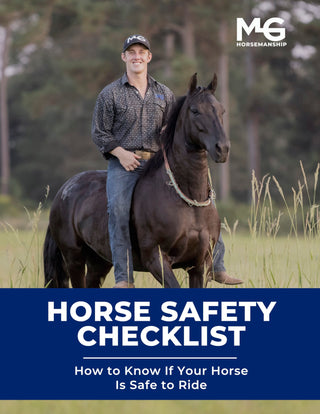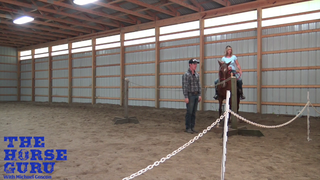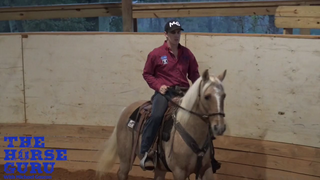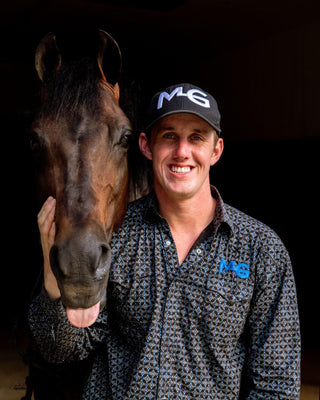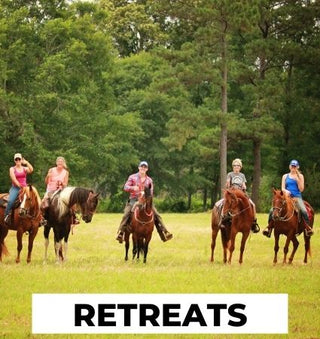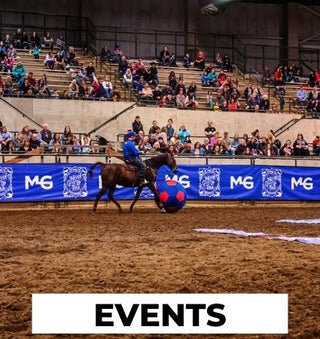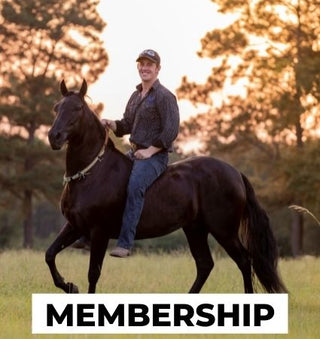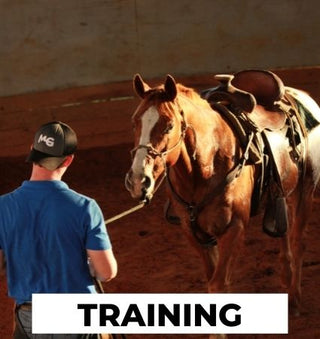Watch the Video Here or continue reading below!
When it comes to effective groundwork, communication, and training with your horse, halter fit is everything. An improperly fitted halter can cause discomfort, hinder training, and even become a safety hazard. In this halter fitting tutorial, internationally recognized horse trainer Michael Gascon, also known as The Horse Guru, walks us through how to fit a natural horsemanship rope halter correctly—using his Arabian horse, Steel, as the model.
🔍 What Type of Halter Should You Use?
Michael uses a standard natural horsemanship rope halter, which he says works well for most horses—from big ponies to small drafts. This type of halter is lightweight, durable, and ideal for all-purpose groundwork and riding.
✅ Pro Tip: If you’re unsure what size you need, check out the halter sizing scale available on the Gascon Horsemanship website.
🧵 How Should a Rope Halter Fit?
The goal is a snug but not tight fit that allows you to effectively communicate without causing discomfort.
-
Fit the noseband halfway between the horse’s nostrils and eyes.
-
Make sure there is slight slack around the cheeks, not tight or pinching.
-
Avoid it riding up the face when riding—this can be corrected by clipping to the last two knots across the jaw.
⚙️ Understanding the "Kidney Knot"
One of the unique features of this rope halter is the kidney knot—a movable knot below the horse’s chin that allows you to adjust the loop size for different-sized horses.
Michael emphasizes securing the halter with a clip across the final two knots for riding, keeping the halter steady and secure. This prevents the loop from sliding and helps maintain consistent pressure points, giving it a similar function to a Western bosal while retaining the flexibility of groundwork training.
📏 Adjusting the Halter Based on Behavior
Michael shares an important rule for adjusting halter height:
-
Lower the halter for training difficult or disrespectful horses. This provides more leverage and control, encouraging softer, more respectful behavior.
-
Raise the halter for tying or hauling, ensuring that the loop beneath the chin is smaller than the horse’s head. This prevents the halter from slipping off if the horse rubs it against something.
🚛 Shipping Tip: Always raise the halter high and snug before trailering or leaving the horse tied unsupervised.
🐎 Riding with a Rope Halter
Yes, you can ride with a rope halter—and Michael recommends it for most horses in training. Once the halter is properly fitted and clipped across the lower knots, it functions perfectly for riding. It’s a versatile tool that can take you:
-
Through mountain trails
-
Across the Appalachian Trail
-
And even into basic riding disciplines
🎯 For advanced maneuvers like sliding stops or discipline-specific training, other gear may be necessary—but for everyday use, a halter gets the job done.
🧭 Your One-Stop Halter for Training & Riding
Whether you're backing, flexing, stopping, or just building respect, the natural horsemanship rope halter is a powerful all-in-one tool. Michael's system is built around this equipment—making it the centerpiece of his training philosophy.

